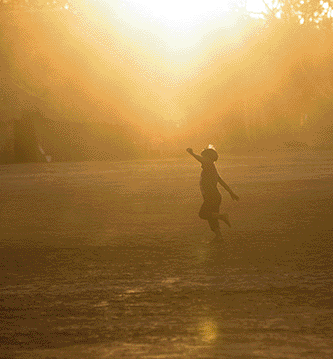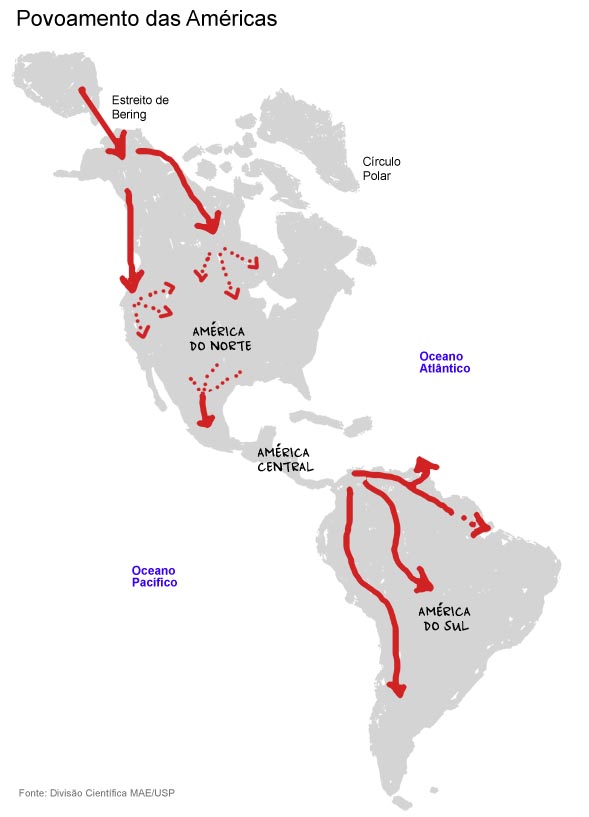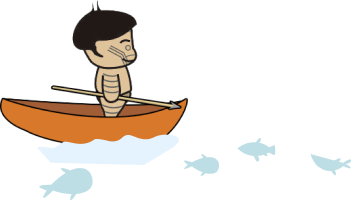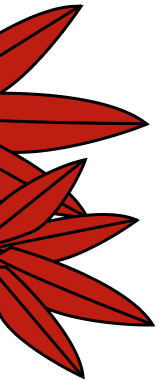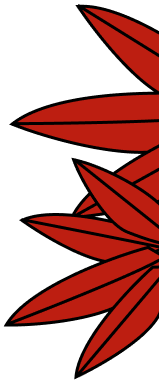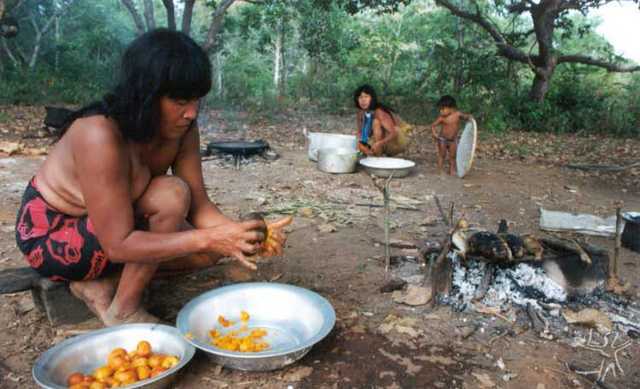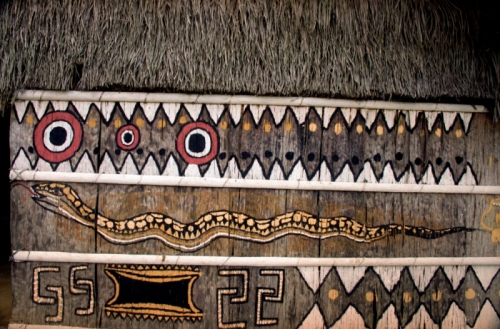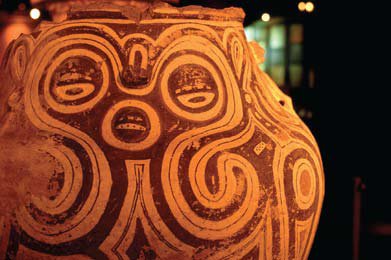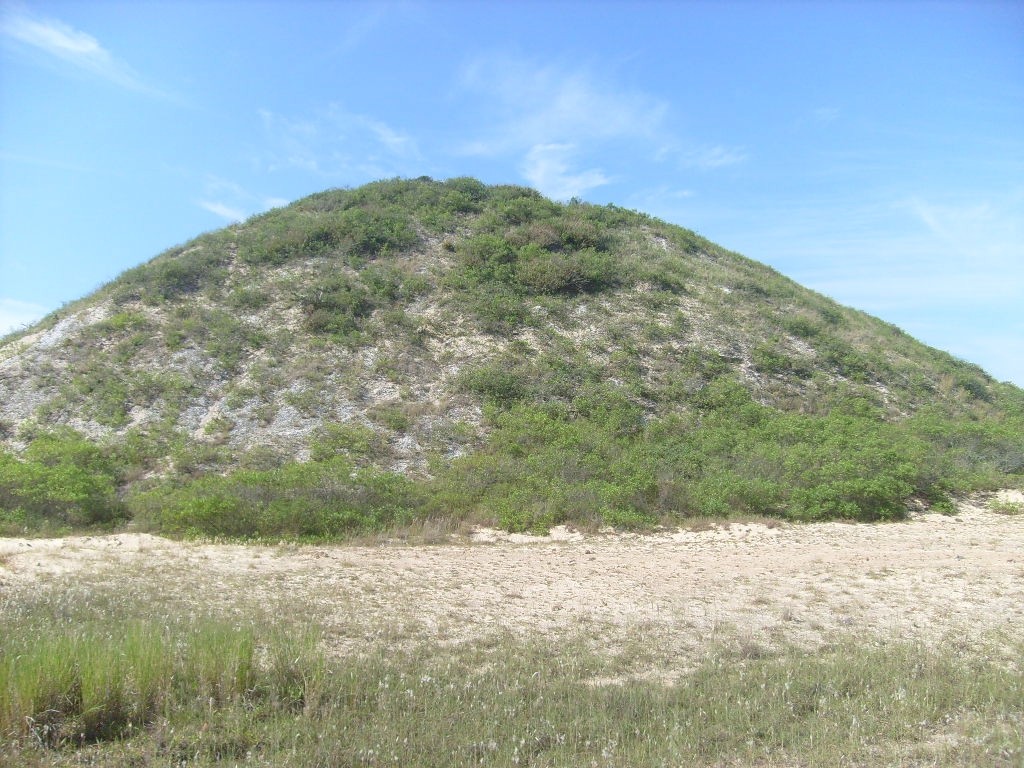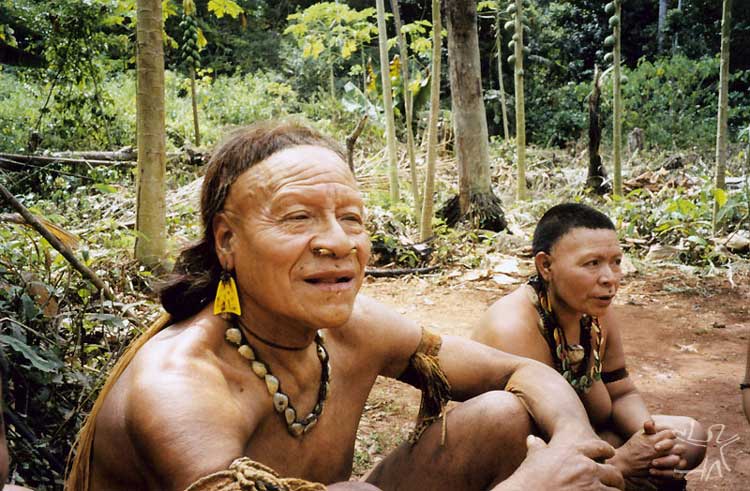There are indigenous people living all over Brazil!
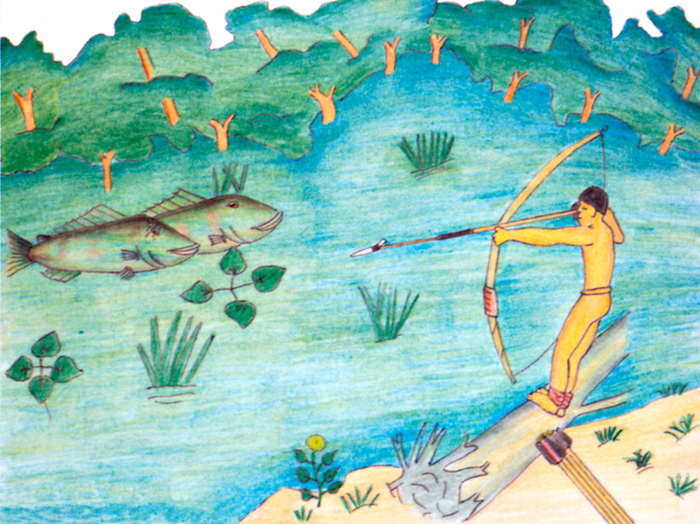
Some indigenous people (or Indians, as they are sometimes called) live in cities, but most live in areas of indigenous land. At present there are 724 areas of indigenous land in Brazil.Every area of indigenous land is officially mapped-out, and the Brazilian government is obliged to protect it by law. An area of indigenous land belongs to a particular group of Indians. They have the right to live there and to follow their cultural traditions, on a permanent basis. On their land, they can do all the things necessary for their cultural and physical survival. This may include fishing, hunting, gathering and planting. The future survival of indigenous peoples is directly related to the quality of the environment where they live: how pure the water is in the rivers and streams, and whether there are enough of particular species of plants and animals. Is this why you hear that indigenous peoples make a positive contribution to environmental conservation?
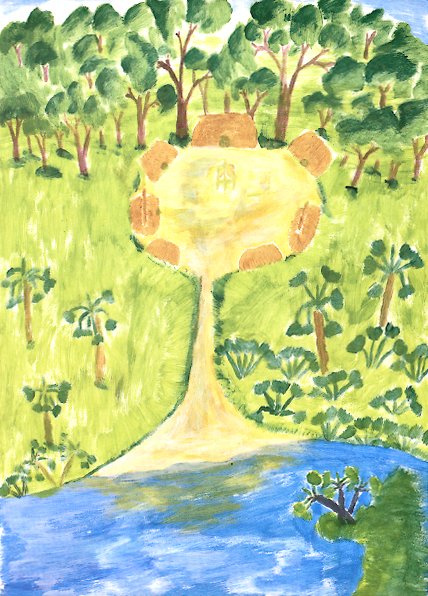
This is exactly why. Traditionally, indigenous peoples have non-predatory ways of using natural resources and relating to the environment. Connections exist between indigenous people who live in the same area. These connections may bring them together or keep them at a distance. One way or another, an indigenous territory is a place where paths and forms of communication exist between people. And, above all, these are landscapes where the indigenous people’s history and knowledge have evolved, and continue to evolve. The land each group of Indians lives on is at the heart of their vision of the world. In other words, it is at the heart of their culture.
Take a look at the areas of indigenous land on the map of Brazil
- There are two maps below. One shows how Brazil is divided into states. The other shows Brazil’s areas of indigenous land.You will notice the two maps are very different. Many areas of indigenous land cross over into more than one Brazilian state.Why is this?Because the territories occupied by indigenous peoples existed before Brazil was divided into states. In fact, they existed before Brazil even existed as a country!

Instituto Socioambiental, 2009. 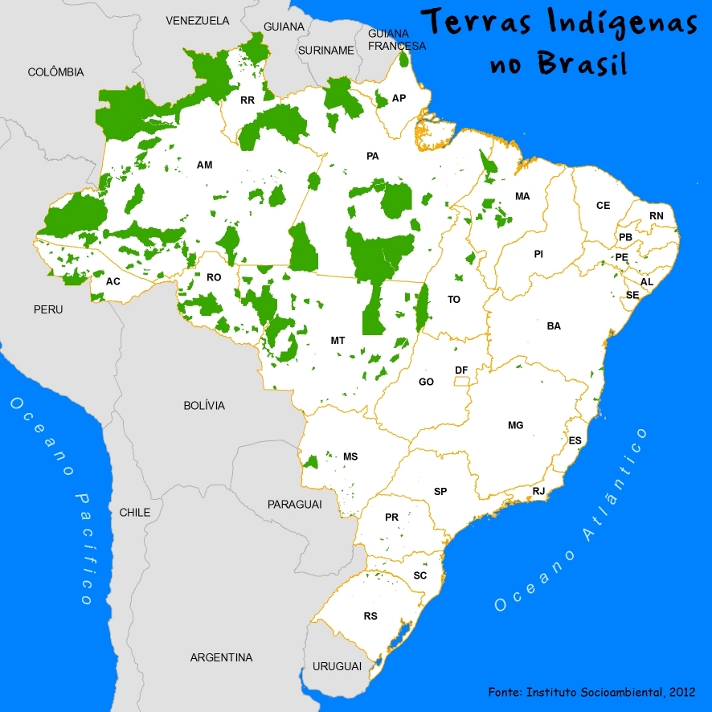
Instituto Socioambiental, 2012. The boundaries of indigenous lands do not match the borders between Brazil’s states and they do not match the frontiers between countries!
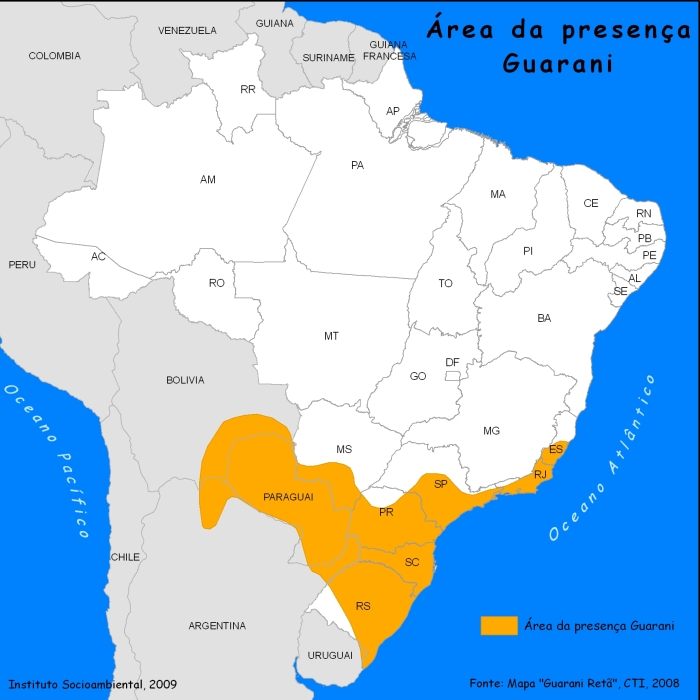
Instituto Socioambiental and Guarani Retã map from Centro de Trabalho Indigenista (CTI), 2008. There are indigenous peoples who live on land which crosses the frontiers of two or more countries. They lived there before the countries and the frontiers existed. An example is the Guarani people. They now live in five countries: Brazil, Bolivia, Paraguay, Uruguay and Argentina.
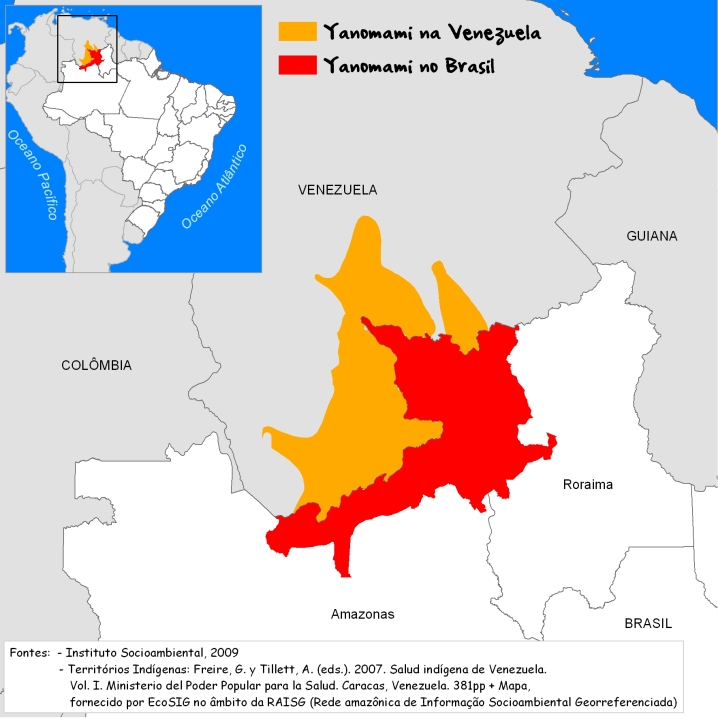
Freire, G. & Tillett, A. (eds.). 2007. Salud indígena de Venezuela. Vol I. Ministério del Poder Popular para la Salud. Caracas, Venezuela. Mapa fornecido por EcoSIG no âmbito da RAISG (Rede Amazônica de Informação Socioambiental Georreferenciada). The Yanomami live in the north of Brazil and also in Venezuela. Although such groups have been separated by national frontiers, they still have relationships with relatives living in neighbouring countries. And they maintain networks of trade and communication between their communities.
What was it like when the first colonizers came into contact with indigenous peoples?
When Europeans first arrived, over five hundred years ago, there were indigenous people living throughout the huge area now called Brazil. What is more, indigenous people had been living there for at least 12 thousand years. Each group had very different ways of inhabiting the land, dividing it up, understanding its geography and using, and conserving, its natural resources.
How did indigenous peoples occupy what is now called Brazil?
Before they came into contact with non-Indians, indigenous peoples had no fixed boundaries to their territories. They moved about a lot. They went on journeys far from their villages in search of natural resources. They spent long periods hunting and fishing. They travelled to gather medicines, collect fruit, honey and other things. Their territories were not fixed, and they sometimes spent months living camped in the forest.These migrations also happened as the result of wars between different indigenous groups. When European colonizers started occupying the land, indigenous groups migrated to get away from them. Some groups continue moving about until today, but contact with non-Indian people introduced indigenous societies to different forms of occupying their land. And it presented them with new challenges.Non-Indian society divides land into areas of private property. These make up cities, states and countries. It creates fixed boundaries. Areas of land are seen as closed spaces with strict limits round them. Someone always owns the land. For indigenous peoples, land is for communal use. It is not actually anyone’s property. Find out about the Zo´é people.
How do the Zo´é people think about their land?
The Zo´é people live along the River Cuminapanema, in the north of the Brazilian state of Pará. They speak a language from the Tupi-Guarani branch of the Tupi linguistic family. In their language, there is no word for ‘territory’. The word that comes closest is koha, which you could translate as "lifestyle", "well-being" or "quality of life".This indigenous term combines the idea of ‘territory’ with other elements such as the condition of the environment and the actions necessary for conserving the resources necessary for survival. It also refers to the way that Zo´é Indians actually inhabit the land: divided into small groups of relatives, living distances apart.
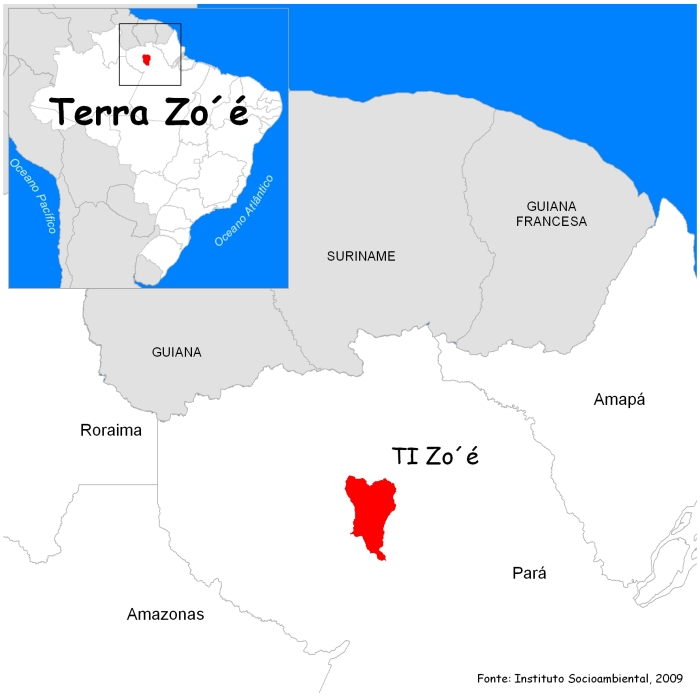
Instituto Socioambierntal, 2009. The Zo´é traditionally spend part of their lives spread out across their land, and part of it concentrated together in their villages. Some of the time they work on their gardens. Some of the time they are out on hunting expeditions, fishing or gathering. However, at the end of the 1980’s their land had to be officially mapped-out. This fixed the boundaries of their territory. It meant the Zo´é had to find different ways of thinking about the land around them. In fact, a new term was created: Zo´érekoha. This means "the territory of the Zo´é".
What happened to indigenous territories when Brazil was colonized?
The process of colonization (in other words, the occupation of Brazil by non-Indians) took place in a way that was violent and disrespectful to indigenous peoples. European colonizers invaded indigenous territories and expelled people from the land that held their history. Indigenous people who survived the epidemics, and wars that followed, often fled to areas far from the Europeans. Because of this, indigenous peoples could no longer live where and how they traditionally had.
Did they end up with less land?
Yes. Many indigenous peoples were wiped out at this time, and the areas Indians came to occupy were, on the whole, much smaller than the territories they had previously lived in. Because of the violence of the colonizers, nearly all indigenous groups lost vast areas of their territories. How long did this take?

Editora da Universidade de São Paulo, 2005. This happened over several hundred years. First of all the settlers took over coastal areas. Then, little by little, they forcibly occupied the interior of Brazil. As this happened, indigenous people had few options to ensure they still had land to live on. Some of them fought wars with the invaders. Others moved inland to find new territories. This migration inland frequently caused other wars, because indigenous groups looking for new territories had to force out Indians already occupying the land. Even several centuries after the first Portuguese explorers arrived in Brazil, non-Indian settlers were spreading across the country. Land was still being occupied through unjust, violent invasions of indigenous territories.
Do most indigenous peoples live in the Amazon region?
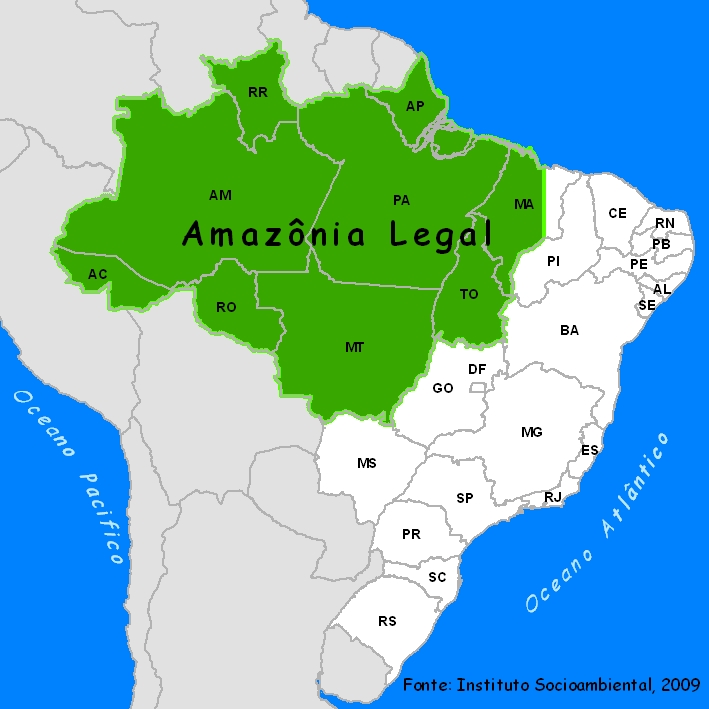
Instituto Socioambiental, 2009 Yes. More than half of Indians in Brazil today (about 60%) live in the part of the country called The Brazilian Legal Amazon. This region spreads across the states of Amazonas, Acre, Amapá, Pará, Rondônia, Roraima, Tocantins, Mato Grosso and the east of Maranhão. All these states contain a part of the Amazon rainforest.
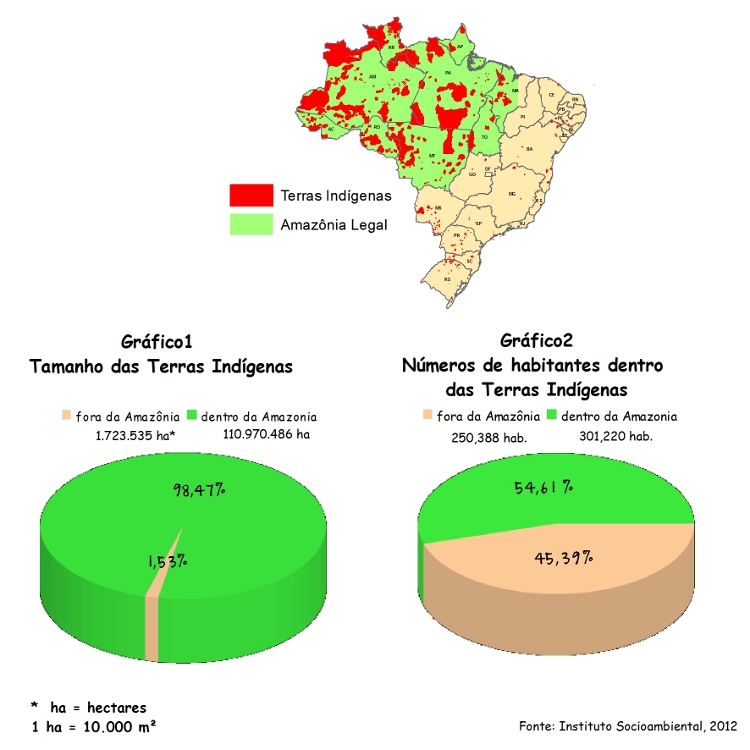
Instituto Socioambiental, 2012. Areas of indigenous land in the Amazon region are larger than in other parts of the country. This means that indigenous people living there can have a better quality of life. The more land available to an indigenous society, the more they are able to sustain their culture and traditional ways of living. With a larger area of land, indigenous people have access to more natural resources and raw materials to use for food, medicines, and making houses and other objects they need.
Is it true that nearly 40% of the indigenous population of Brazil lives outside the Amazon region?
Yes. About 40% of the indigenous population lives outside the Amazon region.In general, these indigenous groups live ‘squeezed’ into areas of land much too small to live their lives in traditional ways. This leads to serious problems, including poverty and malnutrition. Because they have little land, there are not sufficient natural resources to provide them with food. There are few animals to hunt, fish to catch, adequate spaces for growing crops, or fruit trees to harvest in the forest.
Why are there larger areas of indigenous land in the Amazon?
As is mentioned elsewhere, the occupation, by non-Indians, of what is now Brazil, began with the expulsion of indigenous peoples living on, or near, the coast. More remote regions in the interior of the country, such as the Amazon, were the last to be occupied. That is why there are larger areas of indigenous land in this region.
Why is it necessary to officially map-out areas of land for indigenous peoples?
Their lands have to be officially mapped-out because that is the one way to guarantee that indigenous peoples have the right to live on their traditional territories.Large parts of these traditional territories are targeted in land disputes. Indigenous people are subjected to violence at the hands of non-Indians who want to have access to the natural resources of their lands.Watch the video Aldeias Vigilantes (Vigilant Villages)Find out about the importance of natural resources to indigenous peoples and reasons why they protect them. This video was produced an organization called Amazonlink, as part of their project, "Vigilant Villages: a New Approach to Protecting Traditional Knowledge and Combating Biopiracy in the Amazon"
Who invades areas of indigenous land?
Uirá Felipe Garcia , 2008. Areas of indigenous land are invaded by miners, fishermen, hunters, land-grabbers, farmers, logging companies... Other regions are deforested for the construction of roads, railways, electricity transmission lines. Or they are flooded to create hydroelectric dams. What is more, indigenous peoples often suffer the consequences of things happening beyond their own areas of land. These might include pollution of rivers, deforestation, and forest fires.FFaced with all these threats, indigenous peoples realise that, in order to guarantee at least parts of their territory, it is best to officially map-out the land they need to survive. However, the way that areas of land have been mapped-out has restricted the ability of indigenous peoples to move about. This is because the mapped-out boundaries of their territories do not, in general, give them nearly as much space as they had before.
Take the look at this example
These days, many indigenous peoples suffer because they are not able to migrate or travel as much as they use to. They have less land. All indigenous peoples had their own way to use the land around them, but their ways have had to change.
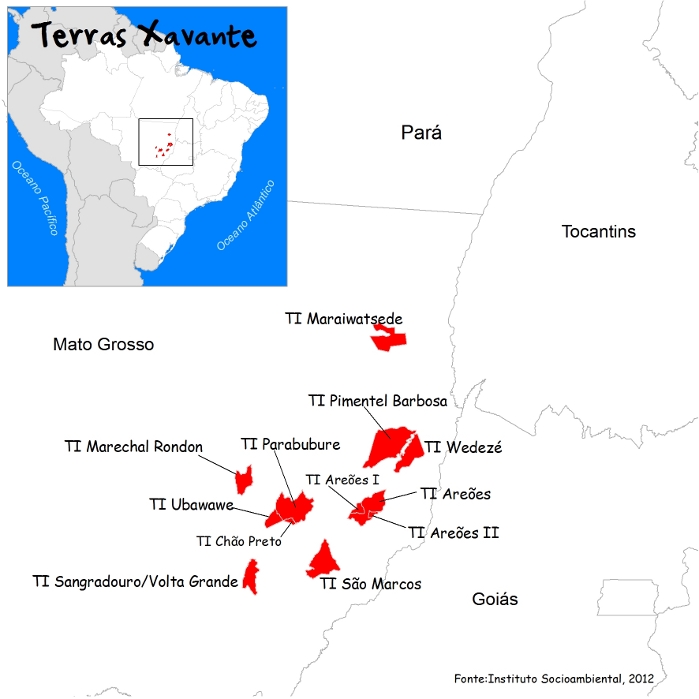
Instituto Socioambiental, 2009. The Xavante once spent much time walking through their territory. But now they are forced into sedentary lives. (If you live a ‘sedentary life’ it means you stay in one place. You do not move around.) Although the Xavante still go on short hunting and gathering trips within their territory, the land available for them to travel across has been greatly reduced.
Do indigenous peoples have the right, by law, to these lands that are officially mapped-out?
Yes. For many years, indigenous peoples have had legal rights to their lands. This was reinforced by the new Brazilian Constitution, written in 1988. The National Foundation for the Indian (Funai) is the organ of the Brazilian government responsible for mapping-out, securing and protecting indigenous lands. Indigenous lands are regions protected by the Brazilian government. This means that non-Indians are not allowed into them without permission from Funai and from indigenous communities themselves. It also means that areas of indigenous land play a big role in environmental conservation. The lifestyle of indigenous peoples protects the biodiversity of Brazil.Have a look at this image of the Xingu Indigenous Park and its surrounding area. The indigenous land is almost totally green. The land around it is almost totally pink. The pink in the image indicates areas where deforestation has occurred:
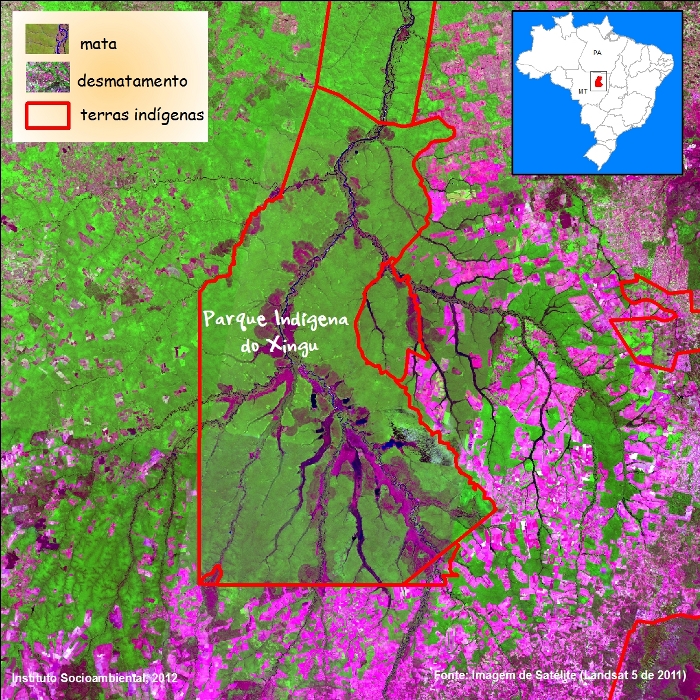
Imagem de Satélite (Landsat 5 de 2011). How have the lives of indigenous peoples changed as a result of the official mapping-out of their lands?
New problems and challenges have resulted from the mapping-out of areas of indigenous land.Villages tended to become concentrated near to Centres of Support installed by Funai. People chose to live near to these centres because they would have access to medical assistance, education and other things. As a result, on many areas of indigenous land, people became concentrated in one single area. The people stopped moving about their territory. Their lives became sedentary.Over the years, the populations of these settlements grew. And, as hunting, fishing, gathering and planting around them became more intense, animal and vegetable species important to the people’s lifestyles began to disappear.This was very worrying for indigenous communities. Some set up projects to ensure sustainable management of the natural resources at risk of disappearing.The Ikpeng, for example, were a warrior people living on the move around their territory. Today they live in fixed settlements in the Xingu Indigenous Park in the Brazilian state of Mato Grosso.The text below, published in the book Ecologia, Economia e Cultura (2005), explains how the Ikpeng are careful not to let local fish stocks decline
Sustaining fish stocks
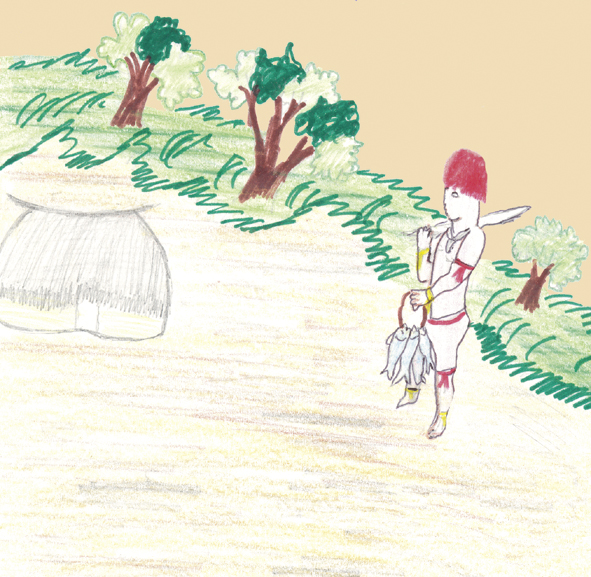
Ecologia, Economia e Cultura (book 1). Instituto Socioambiental (ISA), Associação Terra Indígena do Xingu (ATIX), 2005. My people have their way of sustaining the fish in the lakes. They ‘hit’ a lake with timbó one year, then wait a year, or two years, before hitting it again. That way there are always fish in the lake that we hit with timbó.My people say that if you hit the same lake with timbó every year, you end up killing all the fish. Then you get weed growing in the water. So we give young people this advice about how to look after fish.(Text provided by from Korotowï Ikpeng)
In this description, Korotowï Ikpeng describes a way of fishing known as ‘hitting’ with timbó.More informations about Hitting with Timbó you can find in the Food section of this website!
Sustaining turtle numbers in the Ashaninka Community on the River Amônia
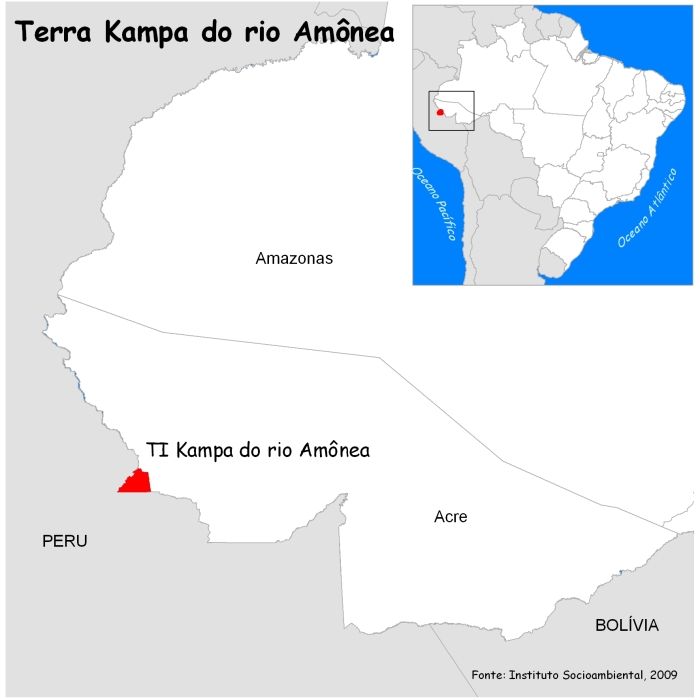
Instituto Socioambiental, 2009. The Ashaninka people live in the Alto Juruá region of the Brazilian state of Acre. In Brazil they have a population of over 1000 people. Many more Ashaninka people live in Peru. The population there is more than 95 thousand!The Ashaninka are very concerned about the environment where they live. As a result of logging, fishing and predatory hunting, by non-Indians, the region has undergone much environmental degradation. In response, the Ashaninka came up with a plan to conserve a type of turtle known locally as a tracajá. These turtles had almost disappeared from the region. For three years the collection of turtle eggs and the eating of turtle meat were completely forbidden. As a result, the species of turtle, which had been almost extinct in the River Amônia, rose in numbers again. Since 2003, the Ashaninka have held an annual festival to mark the release of hundreds of turtles into local rivers.Watch this video!
Looking after seeds in the Xingu Indigenous Park

Instituto Socioambiental, 2009. The Xingu Indigenous Park is in the Brazilian state of Mato Grosso. Approximately 5 thousand indigenous people, from 16 different peoples, live in the park. They speak different languages, and have different lifestyles.Leaders of the Kaiabi people noticed something. The seeds of a number of important plants which had been cultivated for many generations were beginning to disappear. As a result they decided to look after these seeds. The Kaiabi people carried out an inventory of all the different types of plants traditionally cultivated. These included peanuts, manioc, bananas, maize and beans. They noticed that they had lost three plant species altogether. And a third of those species that remained were also under threat. So as not to lose any more, they started to distribute seeds to different villages. Little by little, the plant species multiplied. And this made it possible to create a seed-bank. Other Xingu peoples such as the Yudjá, Kisêdjê and Ikpeng, have also begun to tackle the deterioration of natural resources around them, and start forms of environmental management. This work is at an early stage and it is too soon to see dramatic results. But the participation of different communities has shown that it is possible to use traditional knowledge in order to protect biodiversity.
Sources of information
- Aloísio Cabalzar
Peixe e gente no Alto Rio Tiquié: conhecimentos tukano e tuyuka, ictiologia, etnologia (2005).
- Associação Terra Indígena do Xingu (ATIX) e Instituto Socioambiental (ISA)
Ecologia, Economia e Cultura - book 1 (2005).
- Beto Ricardo e Maura Campanili
Almanaque Brasil Socioambiental: Uma nova perspectiva para entender a situação do Brasil e a nossa contribuição para a crise planetária (2008).
- Beto Ricardo
“Os índios” e o futuro da sociodiversidade nativa contemporânea no Brasil, no livro A temática indígena na escola: novos subsídios para professores de 1° e 2° graus (1995).
- Dominique Gallois
Terras ocupadas? Territórios? Territorialidades?, no livro Terras indígenas e unidades de conservação da natureza: o desafio das sobreposições (2004).
- Harald Schultz
Vinte e três índios resistem à civilização (1953).
- Maria Inês Ladeira e Priscila Matta
Terras Guarani no Litoral (2004).
- Proyecto Cultivando Diversidad
Experiencia de manejo de recursos genéticos amazônicos por indígenas del Xingú, no livro Cultivando Diversidade en América Latina (2005).


 Portugues
Portugues
 German
German
 Spanish
Spanish
 Norwegian Bokmål
Norwegian Bokmål
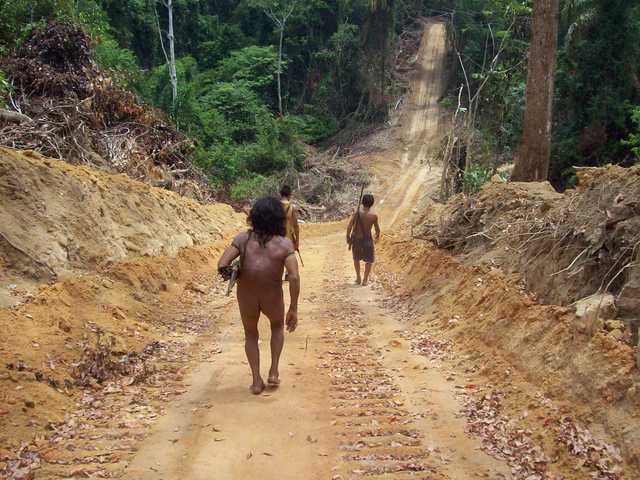
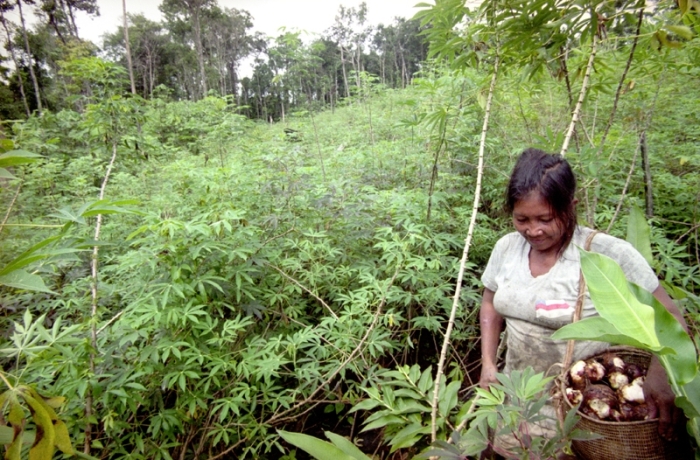 Ways of living in the environment
Ways of living in the environment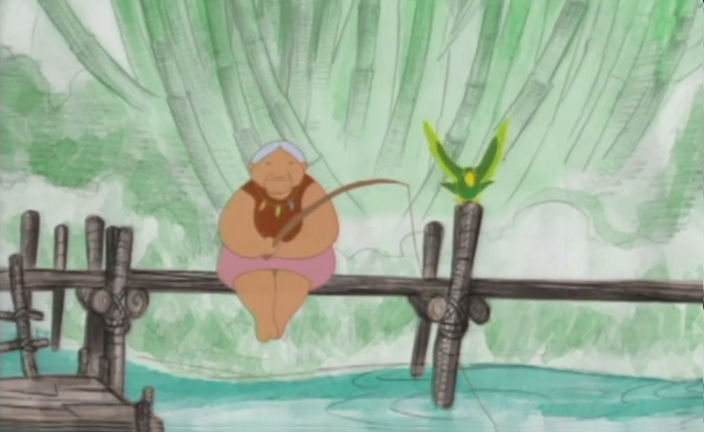 Ilya e o fogo
Ilya e o fogo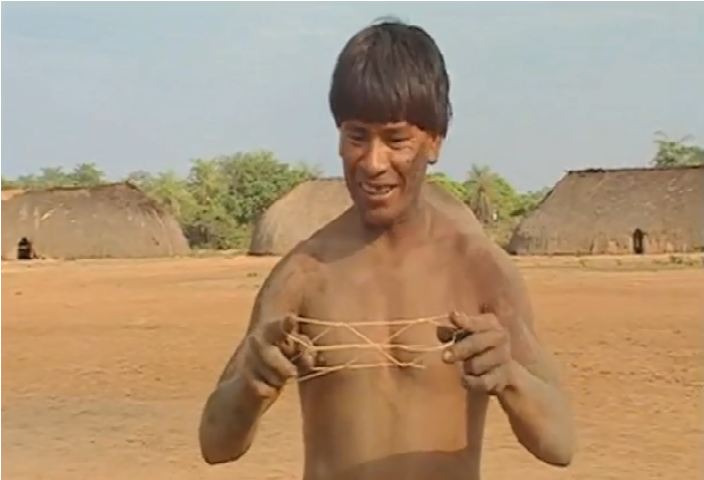 String figures: Ketinho Mitselü
String figures: Ketinho Mitselü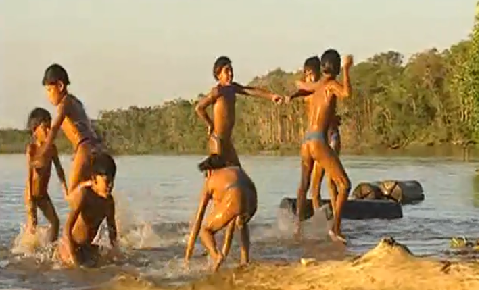 Toys and games of the Kalapalo: Ikidene
Toys and games of the Kalapalo: Ikidene